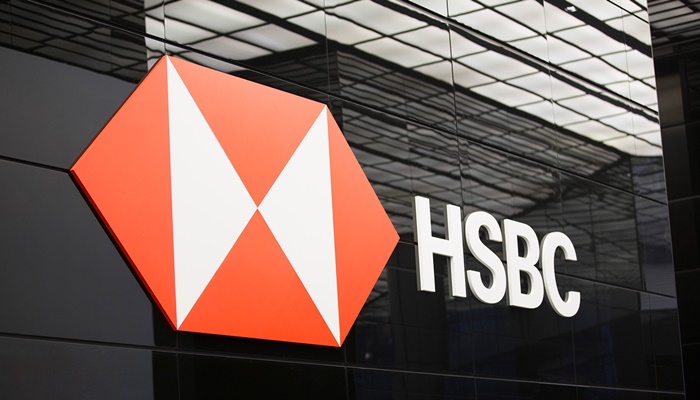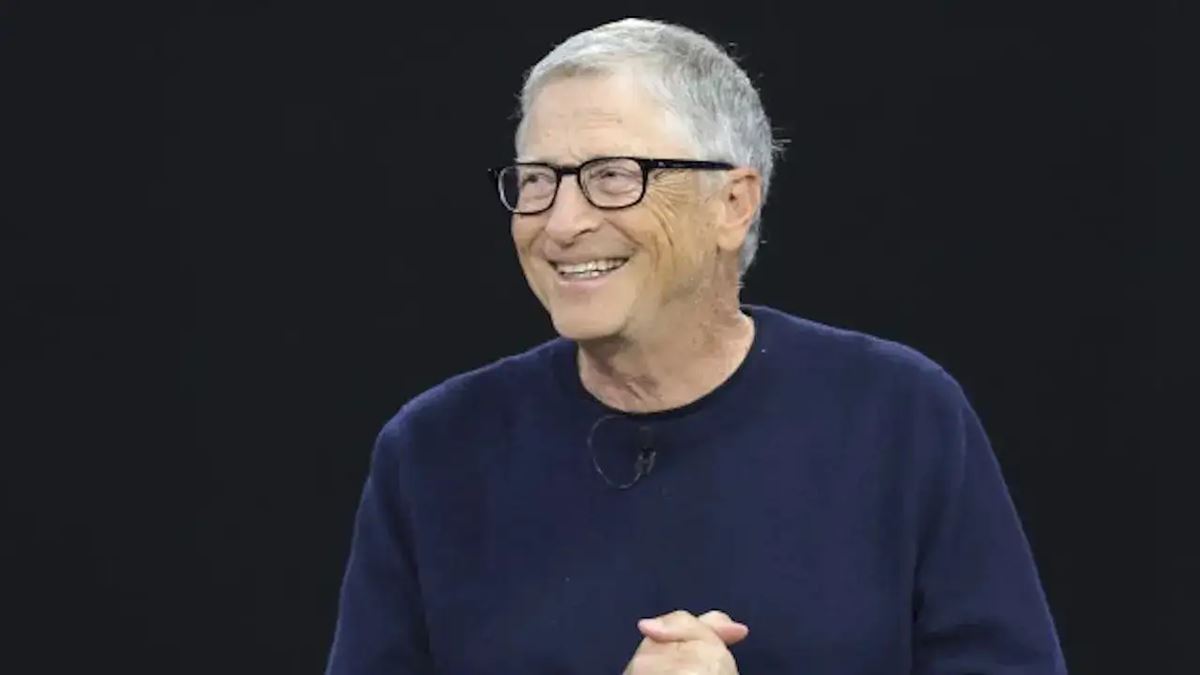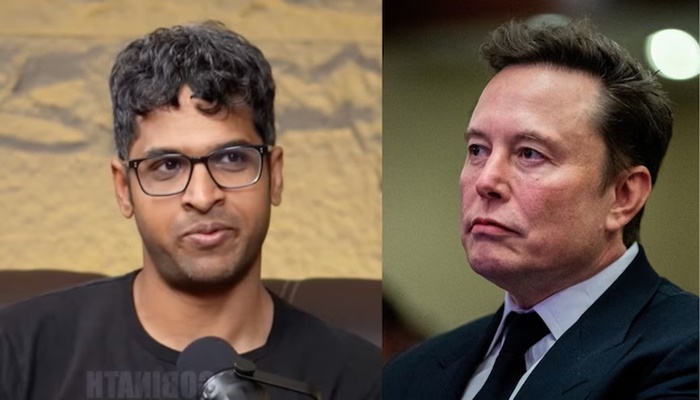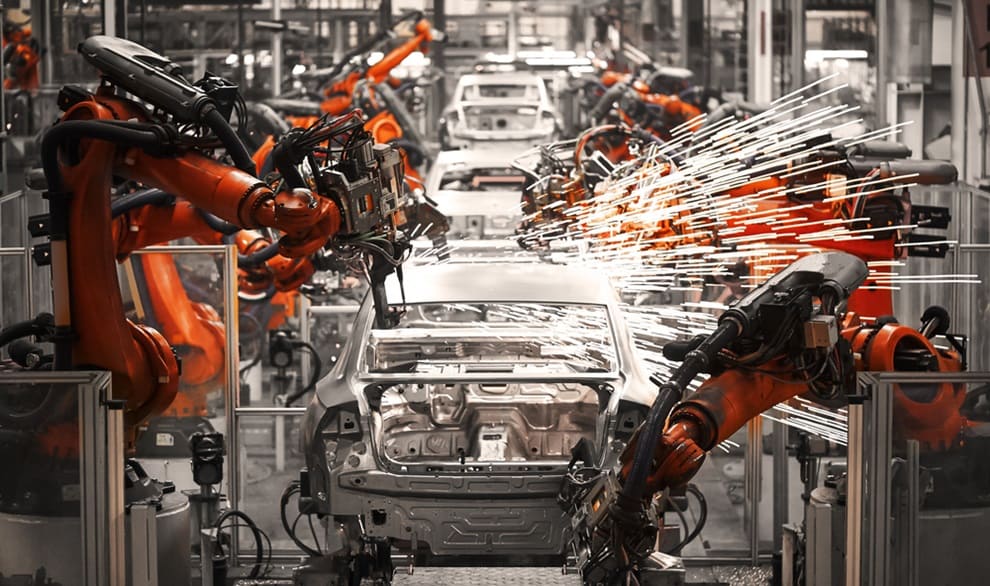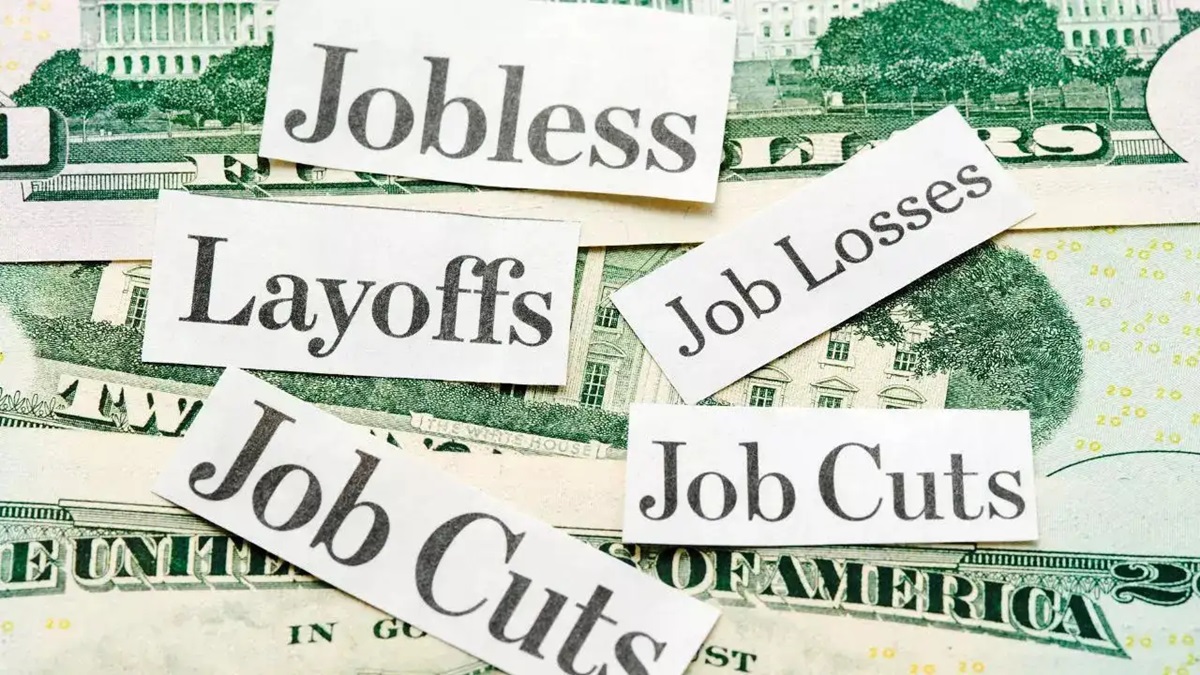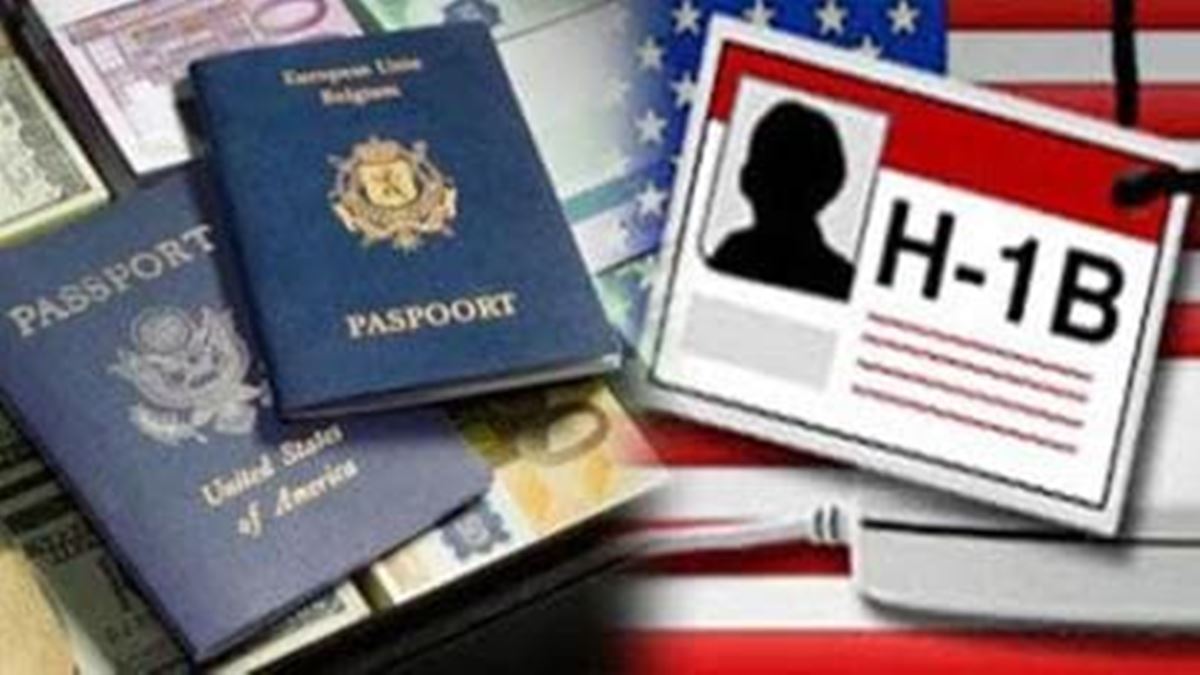End H-1B visa? That’s what US congresswoman Marjorie Taylor Greene called for recently, reigniting a longstanding debate around one of the country’s most crucial work visa categories. Her comment came while responding to Donald Trump’s decision to raise tariffs on Indian oil imports to then 25 per cent (now its 50 per cent).
The Republican firebrand took to X, writing, “End Indian H1-B visas replacing American jobs instead and stop funding and sending weapons to the Obama/Biden/Neocon Ukraine Russia war.”
The post triggered swift backlash, particularly from the tech community. “Even your blonde AI agents will need brown hands to make sense of the world!” said Rajat Sethi, a tech entrepreneur and policy expert, in a pointed reply.
What is the H-1B visa and who uses it?
The H-1B visa allows US companies to hire foreign workers in specialised fields like IT, engineering, finance and healthcare. Over the years, Indian nationals have consistently made up the largest group of H-1B recipients—accounting for 72 per cent of all approvals, followed by Chinese nationals at 12 per cent.
In 2023, 65 per cent of all H-1B holders were employed in computer-related occupations. According to a BBC report, their median annual salary stood at $118,000—roughly double the US average.
How are H-1B workers linked to the US innovation economy?
Greene’s comments struck a nerve in the tech sector, where immigrant workers play a central role in fuelling innovation. The Indian diaspora and global tech professionals viewed her remarks as detached from the real-world composition of the US tech industry.
“Have you or anyone in your extended family written a single line of code?” Sethi asked, questioning Greene’s understanding of the very workforce that powers Silicon Valley.
Just last month, Meta’s new artificial intelligence research arm—Superintelligence Lab—was revealed to be led entirely by immigrant researchers. The team of 11, recruited from elite firms like OpenAI, DeepMind and Google, includes experts from India, China, South Africa, the UK and Australia. Each has advanced degrees from US institutions and experience building high-level AI systems.
“Meta’s Superintelligence Lab, led entirely by immigrant researchers, is the practical reality we needed to see. AI innovation is truly going borderless and India continues to serve as a strong hub of ready talent,” Praneet Singh, AVP – University Partnership at upGrad’s study abroad division told Business Standard.
Singh added, “It’s quite paradoxical, though — while our talent is ready, mobility remains constrained. Despite policy shifts like STEM OPT extensions and improved green card processing, visa constraints and bureaucratic uncertainties continue to slow down global movement.”
Where do Trump and his allies stand on H-1B?
Within Trump’s orbit, there’s no clear consensus. Elon Musk, once close to Trump but now distanced, supports H-1B but wants reforms. Steve Bannon, former White House adviser, has called for eliminating the visa entirely, along with student visas.
In contrast, the Trump administration in its first term floated proposals to scrap the H-1B lottery and replace it with a salary-based selection system. Supporters say this would ensure only highly paid roles go to foreign workers. Critics warn it could sideline fresh graduates and early-career professionals, many of whom are already educated in the US.
What happens next?
There’s no immediate policy change stemming from Greene’s remarks. But they echo broader Republican efforts to curb immigration—especially work-related routes.
According to US Citizenship and Immigration Services (USCIS) data, nearly 70 per cent of all H-1B approvals in fiscal year 2024 were granted to Indian nationals. Any policy shift could reshape the pipeline of talent feeding into America’s tech and research sectors, many of which still rely heavily on H-1B workers.
